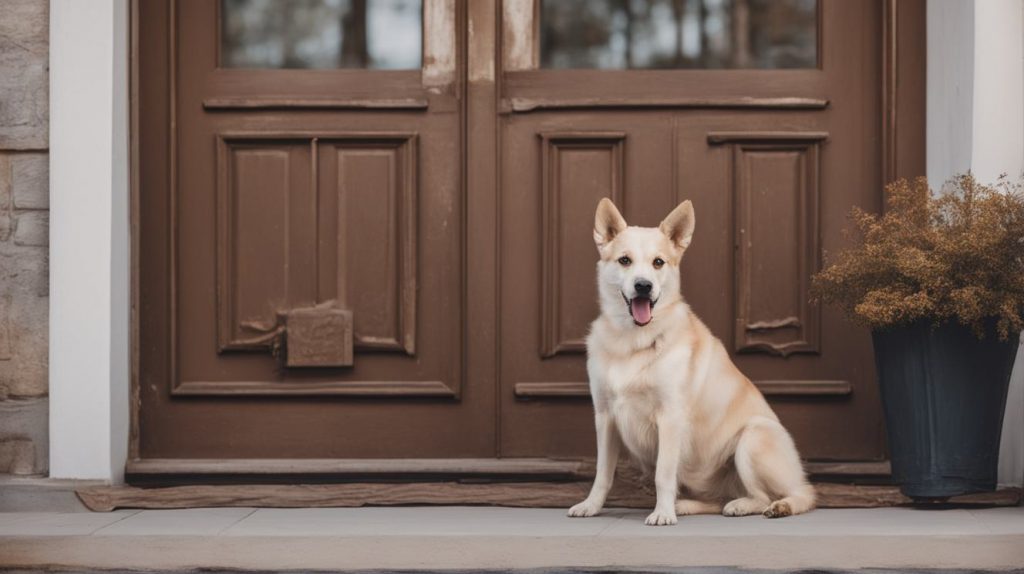Finding a house to rent when you have pets can be challenging, but with the right approach, you can secure a comfortable home for both you and your furry companions. From understanding pet policies to finding pet-friendly landlords, this guide offers tips and insights to make the process easier.
Pet-Friendly Rental Tips
Start your search by using rental platforms that allow you to filter for pet-friendly properties. Clearly mention your pets in rental applications and highlight their good behavior. Providing references from previous landlords or a pet resume, including vaccination records and training certificates, can make you stand out as a responsible pet owner.
Finding Rentals That Allow Pets
Finding rentals that allow pets requires patience and research. Websites like Zillow, Apartments.com, and pet-friendly rental-specific platforms are great starting points. Networking with friends, family, or local community groups can also lead to opportunities. When contacting landlords, ask about their pet policies upfront to avoid wasting time on properties that don’t allow animals.
Renting a House with Dogs
Renting a house with dogs often comes with specific challenges, such as breed or size restrictions. Larger dogs or breeds considered aggressive may face additional scrutiny. Highlight your dog’s training and good behavior to reassure landlords. Choose properties with outdoor spaces, such as fenced yards, which are ideal for dogs and make it easier to keep them entertained and exercised.
Rental Pet Policies Explained
Rental pet policies vary by landlord but typically include rules about the number and type of pets allowed, as well as any breed restrictions. Policies may also detail expectations for maintaining the property, such as cleaning up after pets and preventing damage. Be sure to read the lease agreement carefully to understand these requirements and clarify any questions with the landlord before signing.
Negotiating Pet Deposits
Many landlords require pet deposits or fees to cover potential damage caused by animals. While these fees are often non-negotiable, you can try offering an additional refundable deposit to show your commitment to maintaining the property. Emphasize that your pet is well-trained and provide evidence, like a clean rental history, to negotiate lower fees or waived restrictions.
Tips for Renters with Cats
Renting with cats is generally easier than with dogs, as cats are smaller and less likely to damage outdoor spaces. However, landlords may still have concerns about scratching or odors. Provide proof of regular litter box maintenance and offer to use scratch protectors on furniture or walls. If possible, choose rentals with hard floors, which are easier to clean and more pet-friendly.

Finding a Pet-Friendly Landlord
A pet-friendly landlord is key to a stress-free renting experience. Look for landlords who explicitly welcome pets in their listings or have a history of renting to pet owners. During viewings, be honest about your pets and use the opportunity to demonstrate their good behavior. A landlord who meets your pets is more likely to feel comfortable renting to you.
Pet-Proofing a Rental Property
Pet-proofing your rental property not only protects your security deposit but also keeps your pets safe. Use removable furniture covers to prevent stains, place rugs or mats in high-traffic areas, and install baby gates if needed. For cats, provide scratching posts to redirect scratching behavior. Regular cleaning and minor fixes, like patching scratches, can prevent long-term damage.
Common Rental Pet Restrictions
Common restrictions include limits on the number of pets, breed bans, and weight limits. Some landlords may allow only cats or small dogs, while others prohibit exotic pets like reptiles or birds. Understanding these restrictions upfront helps avoid misunderstandings later. If you encounter restrictive policies, consider offering a trial period to prove your pet’s suitability for the property.
Rules for Pets in Rentals
Rules for pets in rentals often include maintaining cleanliness, preventing noise disturbances, and avoiding damage to the property. Be mindful of neighbors and avoid letting your pet roam unsupervised. Landlords may also require periodic inspections to ensure compliance with pet policies. Following these rules ensures a positive relationship with your landlord and makes it easier to renew your lease.
In conclusion, renting a house with pets requires preparation, transparency, and responsibility. By understanding pet policies, finding pet-friendly landlords, and demonstrating your commitment to maintaining the property, you can secure a home that welcomes both you and your pets. With these tips, renting with pets can be a smooth and enjoyable experience for everyone involved.

Leave a Reply